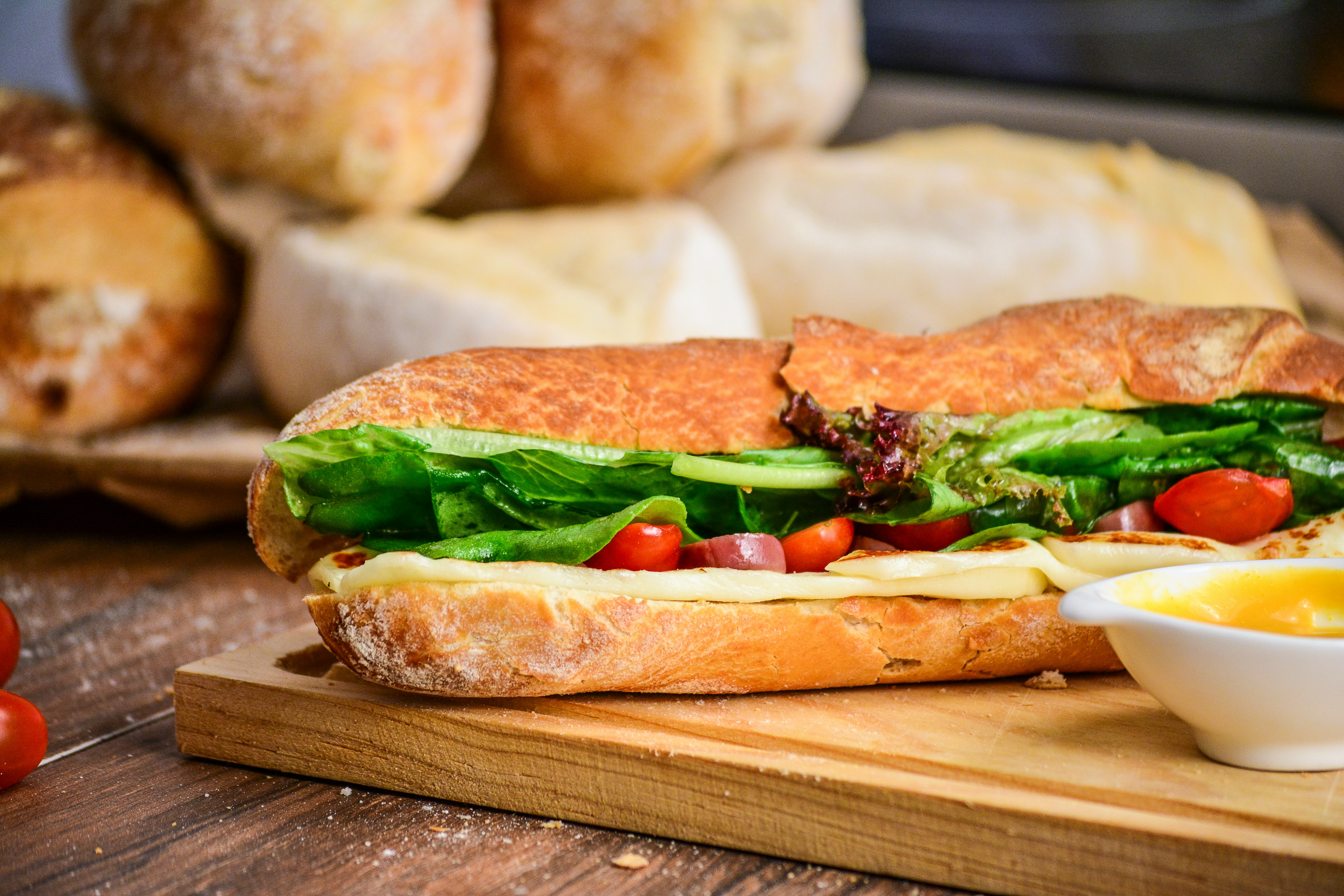
Does Subway Have Gluten-Free Bread? The Complete 2025 Guide for Celiac and Gluten-Sensitive Diners
March 18, 2025
Delicious, Soft, and Healthy Alternatives to Traditional Bread
Gluten-free bread is specially made without wheat, barley, or rye – making it safe for those with celiac disease, gluten sensitivity, or wheat allergies.
Unlike conventional bread, gluten-free varieties use alternative flours like rice, almond, tapioca, potato starch, or sorghum to create textures and flavors that mimic traditional bread.
Modern gluten-free breads have evolved tremendously, offering improved taste and texture that can satisfy even the most discerning bread lovers while maintaining strict gluten-free standards.
Gluten provides elasticity and structure in traditional bread. Gluten-free breads use combinations of alternative flours, starches, and binders like xanthan gum to mimic these properties, resulting in a slightly different texture.
Homemade gluten-free bread can be fresher and more cost-effective, plus you control the ingredients. However, commercial options have improved significantly and offer convenience. Try both to find your preference.
Gluten-free bread typically has a shorter shelf life than regular bread. Store at room temperature for 1-2 days, refrigerate for up to a week, or freeze for up to 3 months. Pre-slice before freezing for convenient toasting.
A blend usually works best: brown rice flour provides structure, tapioca starch adds chewiness, potato starch contributes moisture, and almond or sorghum flour enhances flavor. Commercial blends often contain these in optimized proportions.
Subscribe to our newsletter and get the latest recipes, tips, and gluten-free resources delivered directly to your inbox.